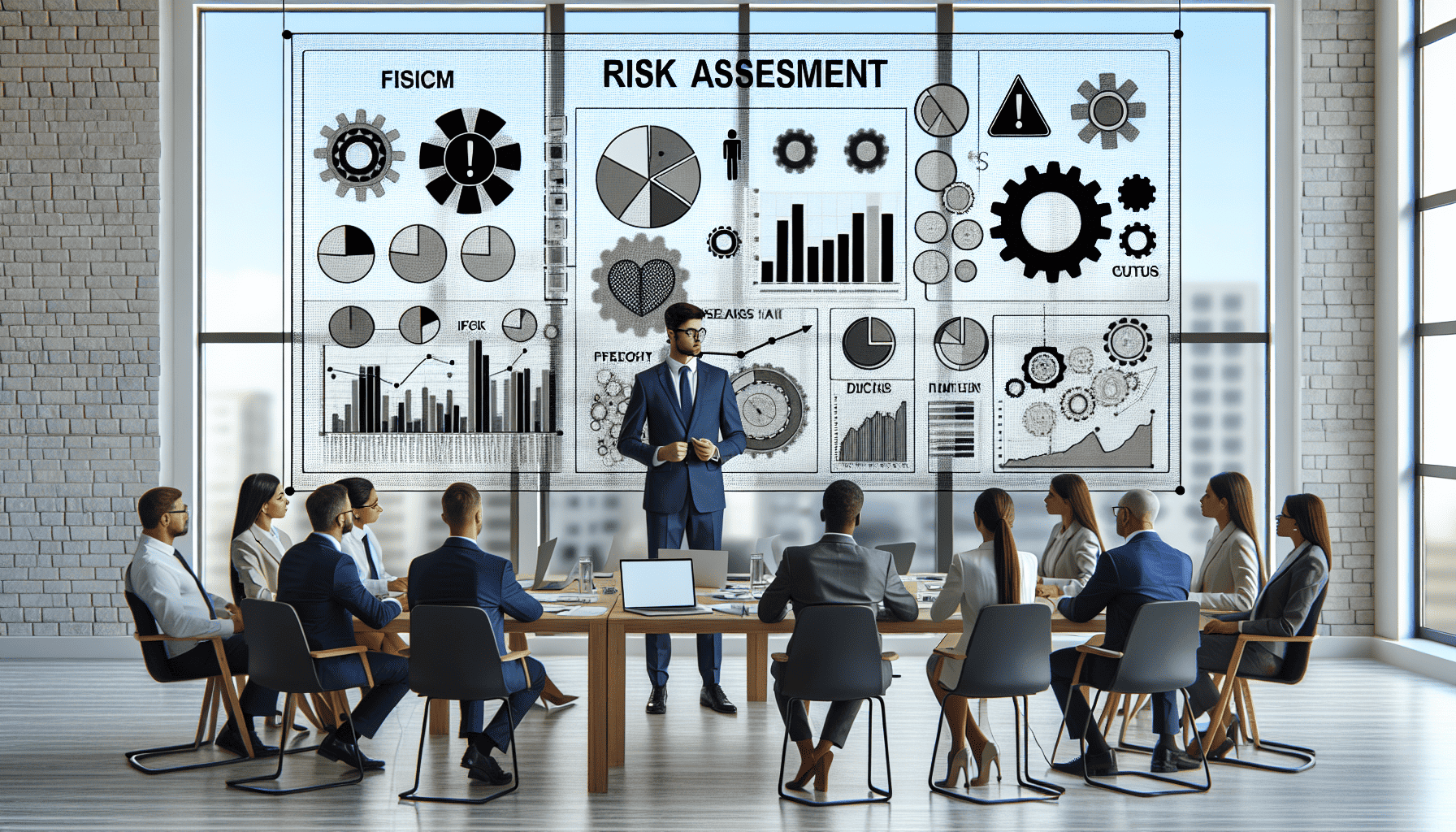In today's dynamic business environment, risk management is more essential than ever. By understanding and mitigating potential risks, organizations can safeguard their operations and ensure long-term success.
Understanding Risk Management
Risk management involves identifying, assessing, and prioritizing risks followed by coordinated efforts to minimize, monitor, and control the probability or impact of unfortunate events. Effective risk management is a proactive process that allows businesses to prepare for the unexpected and protect their resources and reputation.
Types of Risks
Various types of risks can affect business operations, and it's critical to be aware of all of them:
-
Strategic Risks: These arise from adverse business decisions or the failure to implement suitable strategies. Market competition and changes in consumer preferences are common sources of strategic risks.
-
Operational Risks: These are related to internal business processes, systems, and people. Equipment failure, supply chain disruptions, and human error are typical examples.
-
Financial Risks: These stem from financial uncertainties, such as liquidity risks, credit risks, and market risks. Financial mismanagement can severely impact a company's bottom line.
-
Compliance Risks: These involve violations of laws, regulations, or internal policies. Non-compliance can lead to legal penalties and tarnished reputations.
-
Reputational Risks: Public perception can make or break a business. Negative publicity, whether deserved or not, can lead to a loss of customer trust and revenue.
-
Security Risks: This includes cyber threats, data breaches, and physical security issues. The digital age has made security risks a significant concern for all businesses.
Steps to Effective Risk Management
Implementing an effective risk management plan involves several critical steps:
-
Risk Identification: Begin by identifying potential risks that could negatively impact your business. This can be done through brainstorming sessions, expert consultations, and review of past incidents.
-
Risk Assessment: Evaluate the likelihood and potential impact of identified risks. This involves qualitative and quantitative analysis to prioritize risks that need immediate attention.
-
Risk Mitigation Planning: Develop strategies to mitigate the identified risks. This may include diversifying suppliers, implementing robust cybersecurity measures, or creating comprehensive compliance programs.
-
Implementation: Put the mitigation strategies into action. Ensure all employees are aware of risk management protocols and understand their roles in maintaining these standards.
-
Monitoring and Reviewing: Continuously monitor the risk environment and review the effectiveness of risk management strategies. Adapt and update your plans as needed to respond to new risks or changes in existing risks.
Tools and Techniques
Several tools and techniques can aid in risk management, including:
- Risk Registers: To document all identified risks along with their attributes, such as severity, likelihood, and mitigation measures.
- SWOT Analysis: To assess strengths, weaknesses, opportunities, and threats.
- Root Cause Analysis: To identify underlying causes of identified risks and address them at their source.
- Simulation Models: To forecast potential risk scenarios and assess their impacts.
- Risk Management Software: To automate and streamline the risk management process.
Benefits of Risk Management
The primary benefit of risk management is the protection it affords businesses from potentially devastating impacts. Additional benefits include:
- Improved decision-making and strategic planning.
- Enhanced reputation and trust with stakeholders.
- Financial stability and profitability.
- Increased operational efficiency and resilience.
- Compliance with legal and regulatory requirements.
In conclusion, risk management is an ongoing process that is integral to the sustainability and growth of any business. By proactively identifying and mitigating risks, organizations can not only protect their assets and reputation but also seize new opportunities with greater confidence.
